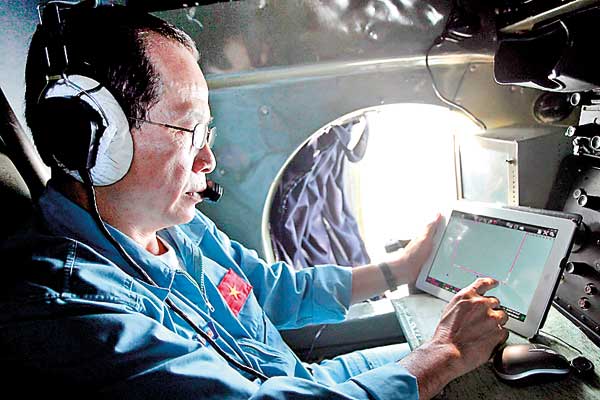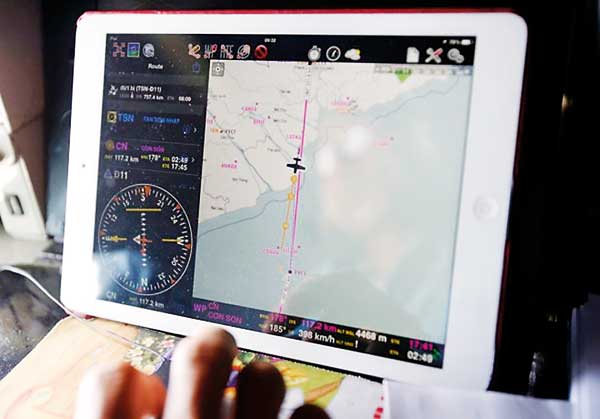14 Mar 2014 - {{hitsCtrl.values.hits}}
.jpg) Almost everyone on the planet has been asking a question no one is yet able to answer – what happened to Malaysia Airlines flight MH370 that was on a routine flight from Kuala Lampur to Beijing. With all of our technology that enables us to track a phone call across the planet, we are not able to find a jumbo jet that’s gone missing with over 200 people on board.
Almost everyone on the planet has been asking a question no one is yet able to answer – what happened to Malaysia Airlines flight MH370 that was on a routine flight from Kuala Lampur to Beijing. With all of our technology that enables us to track a phone call across the planet, we are not able to find a jumbo jet that’s gone missing with over 200 people on board.

25 Nov 2024 4 hours ago
25 Nov 2024 5 hours ago
25 Nov 2024 5 hours ago
25 Nov 2024 6 hours ago
25 Nov 2024 7 hours ago